Login
Subscribeneuroscience
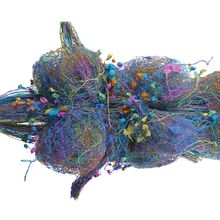
The Expansion of Volume Electron Microscopy
Danielle Gerhard, PhD | Sep 8, 2023 | 6 min read
A series of technological advancements for automation and parallel imaging made volume electron microscopy more user friendly while increasing throughput.

Infographic: How a Glutamate Sensor Tracks Synapses
Mariella Bodemeier Loayza Careaga, PhD | Sep 8, 2023 | 1 min read
A third generation glutamate sensor with a fluorescent readout offers insights into neuronal communication.
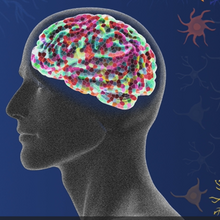
Science Summarized: The Mosaic Brain
The Scientist’s Creative Services Team | 1 min read
Mutations that accumulate as one ages contribute to various neurological disorders.
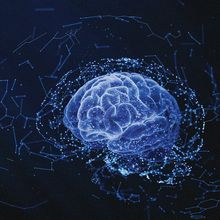
Defying Dogma: Decentralized Translation in Neurons
Danielle Gerhard, PhD | Sep 8, 2023 | 10+ min read
To understand how memories are formed and maintained, neuroscientists travel far beyond the cell body in search of answers.
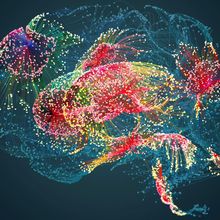
What Was the First Animal to Evolve a Brain?
Ida Emilie Steinmark, PhD | Sep 1, 2023 | 2 min read
In the absence of a precise definition of brain, pinning down its origins is difficult. But scientists have a theory.

Genomes Across the Tree of Life
The Scientist’s Creative Services Team | 2 min read
Researchers turn to unique eukaryotes to better understand how DNA is organized in 3D space.
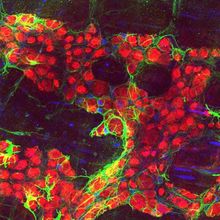
How Stress Inflames the Gut
Mariella Bodemeier Loayza Careaga, PhD | Sep 1, 2023 | 2 min read
In mice, chronically high levels of stress hormones worsen bowel inflammation.
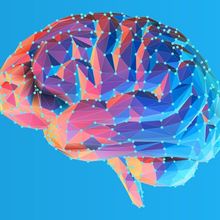
Cancer Cells Need Fatty Acids to Survive in the Brain
Danielle Gerhard, PhD, Drug Discovery News | Aug 30, 2023 | 3 min read
Using a mouse model of breast cancer brain metastasis, researchers showed that tumor cells require fatty acid synthesis to grow, which offers a potential therapeutic target.

Translational Research for Neural Implants
The Scientist’s Creative Services Team | 1 min read
John Donoghue and Vasiliki (Vasso) Giagka will discuss the latest bioengineering advances for implantable devices that treat neurological disorders.
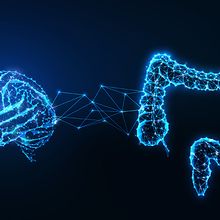
A Novel Tool to Explore the Gut-brain Connection
Anna Napolitano, PhD | Aug 28, 2023 | 3 min read
Scientists used a vibrating capsule to assess people’s gut sensitivities and understand how the brain interprets these signals.

Journey to the Center of the Ear
Niki Spahich, PhD | Aug 28, 2023 | 5 min read
An aqueduct connecting the brain to the ear may make gene therapy for hearing loss less invasive.
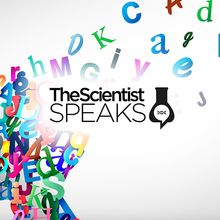
A Way with Words: Using Genomics to Dispel Stuttering Myths
The Scientist’s Creative Services Team | 1 min read
Filling in the gaps about the genetic risk factors of stuttering may help scientists shatter stigmas and discover new therapies.
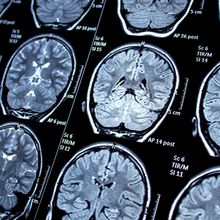
Defending against Dravet
Aparna Nathan, PhD | Aug 21, 2023 | 3 min read
Gene therapy may be the first step toward curing a rare genetic epilepsy.
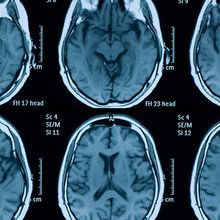
Is DIANA fMRI Data Real?
Ida Emilie Steinmark, PhD | Aug 17, 2023 | 4 min read
New preprints failed to reproduce the buzzy new neuroimaging technique DIANA fMRI, but its inventor remains steadfast.
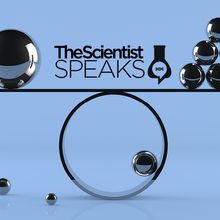
Immune Cells and ALS: A Balance Between Life and Death
The Scientist’s Creative Services Team | 1 min read
Understanding the role of immune cells in neurodegeneration may help scientists develop new diagnostic, prognostic, and treatment tools.
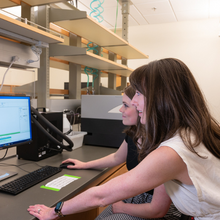
An Ancient Viral Protein May Play a Key Role in ALS
Aditi Subramaniam, PhD | Aug 15, 2023 | 4 min read
Researchers find that UBQLN2 gene dysfunction causes a virus-like protein to accumulate in cells, which changes gene expression and may contribute to disease progression in amyotrophic lateral sclerosis (ALS).
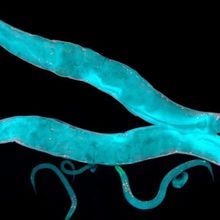
The Body, Not the Brain, Regulates Sleep
Rebecca Roberts, PhD | Aug 15, 2023 | 3 min read
Genetic screens have revealed three peripheral tissue genes that regulate sleep. What does this mean for sleep research?
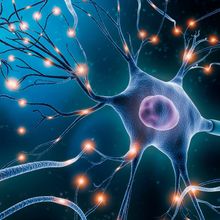
How Do Neurons Work?
Jennifer Zieba, PhD | 6 min read
Neurons transmit information through the body via chemical signals and electrical impulses.
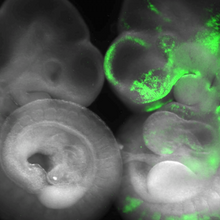
Chimera research opens new doors to understanding and treating disease
Hannah Thomasy, PhD, Drug Discovery News | Aug 9, 2023 | 10 min read
Animals with human cells could provide donor organs or help us understand neuropsychiatric disorders.

Toward Better Biomarkers for Schizophrenia
Deanna MacNeil, PhD | Aug 7, 2023 | 3 min read
Researchers scratch the surface of schizophrenia susceptibility by uncovering DNA methylation differences in neonatal blood samples.